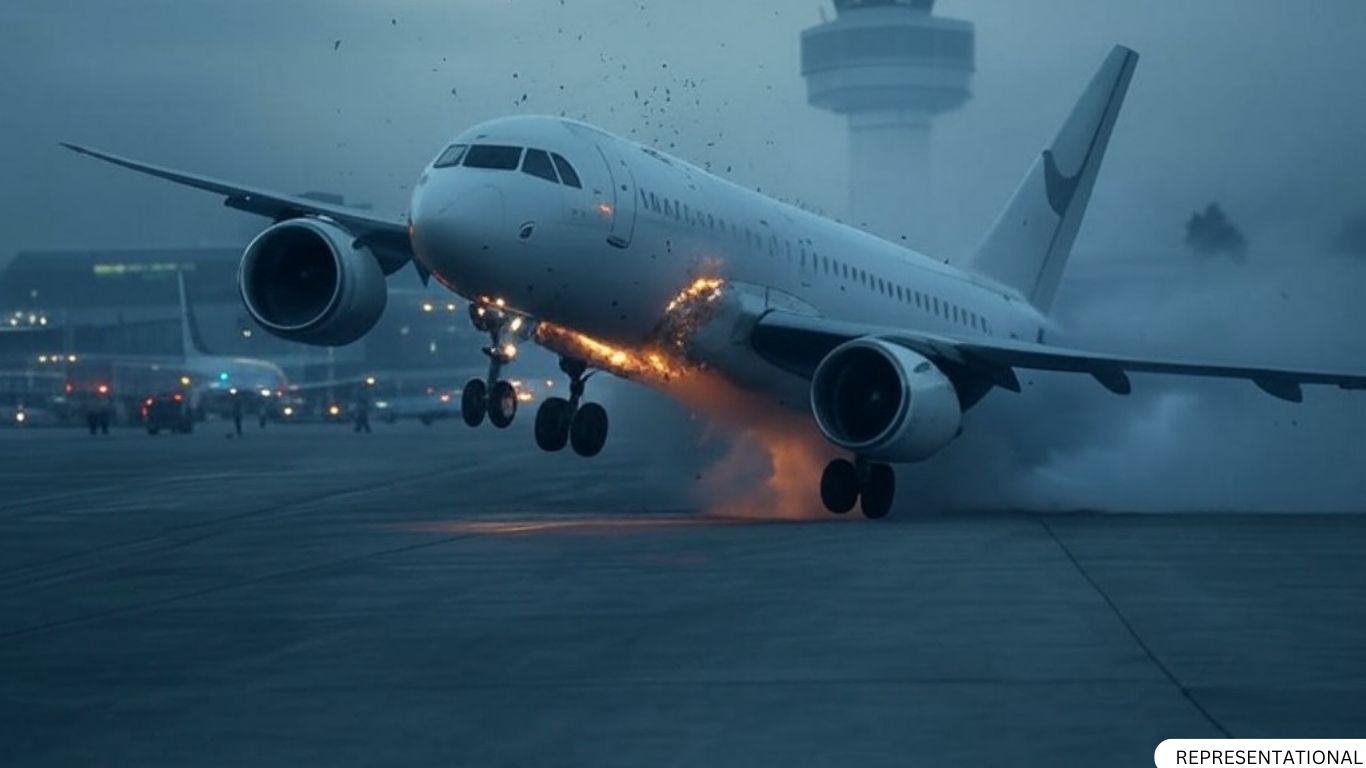The aviation industry faced a grim end to 2024, marked by a series of devastating plane crashes worldwide. These tragedies, claiming hundreds of lives, have sparked debates about safety protocols, equipment maintenance, and external influences on air travel. Below, we explore the details of the recent crashes and their implications for global aviation safety.
1. South Korea’s Worst Aviation Disaster in Decades
On December 29, a Jeju Air passenger plane carrying 181 people crashed at Muan International Airport in South Korea. The front landing gear failed to deploy, causing the aircraft to skid off the runway and collide with a concrete fence. The resulting fire engulfed the plane, leaving 177 dead and only two survivors.
Key Details:
- Aircraft Type: Jeju Air Passenger Plane
- Fatalities: 177 out of 181 passengers
- Cause: Suspected landing gear failure
- Impact: South Korea’s worst aviation disaster in decades.
This incident is particularly shocking given South Korea’s strong aviation safety record. Officials have launched an investigation into the failure, aiming to prevent future occurrences of such catastrophic failures.
2. Azerbaijan Airlines Crash
On December 25, an Azerbaijan Airlines Embraer ERJ-190AR crashed near Aktau Airport in Kazakhstan. Mechanical issues and dense fog were blamed for the failed landing attempts, resulting in a fatal crash.
Key Details:
- Flight Route: Baku to Grozny
- Fatalities: 38 out of 67 passengers
- Potential Cause: Mechanical failure and external disruptions from nearby military operations.
Russian authorities suggested that interference from regional military activities, including Ukrainian drone operations, may have played a role in the tragedy.
3. Brazil Family Plane Crash
On December 22, a private plane carrying 10 members of a prominent family crashed in Gramado, Brazil. Pilot Luiz Claudio Galeazzi, his wife, daughters, and other relatives perished.
Key Details:
- Impact: The plane struck a building, a house, and a shop during descent.
- Casualties: 10 onboard fatalities; 17 injured on the ground.
This tragedy underscores the risks associated with private aviation, particularly in urban areas where accidents can have far-reaching consequences.
4. Papua New Guinea Charter Flight Crash
A Britten-Norman BN-2B-26 Islander operated by North Coast Aviation crashed during a charter flight on December 22.
Key Details:
- Route: Wasu Airport to Lae-Nadzab Airport
- Fatalities: All five onboard.
- Cause: Under investigation, with distress signals indicating a potential mid-flight issue.
5. Argentina Business Jet Crash
A Bombardier BD-100-1A10 Challenger 300 overshot the runway at San Fernando Airport, colliding with a tree and catching fire.
Key Details:
- Fatalities: Both pilots.
- Cause: Potentially inadequate runway length.
The tragedy highlights the importance of proper planning for runway conditions and safety standards, especially for high-performance aircraft.
6. Hawaii Training Flight Tragedy
A Cessna 208B Grand Caravan crashed near Honolulu on December 17 during a training flight.
Key Details:
- Fatalities: Two pilots.
- Cause: Loss of control shortly after takeoff.
Training flights, although critical for pilot development, require stringent safety protocols to prevent such occurrences.
Broader Implications for Aviation Safety
The alarming frequency of crashes in December raises critical concerns for the aviation industry.
1. Equipment Maintenance and Failures
Several accidents, including those in South Korea and Kazakhstan, highlight issues with equipment reliability. Stricter maintenance protocols are essential to avoid mechanical failures that could lead to loss of life.
2. External Influences
The Azerbaijan Airlines crash underscores the dangers posed by military activities near flight paths. Improved coordination between aviation and defense authorities is crucial.
3. Weather Challenges
From fog in Kazakhstan to urban collisions in Brazil, adverse weather played a significant role in several crashes. Enhanced weather monitoring and adaptive technology could mitigate risks.
4. Urban and Infrastructure Risks
Accidents in Brazil and Argentina demonstrate the challenges of aviation near urban areas. Investments in infrastructure, such as longer runways and better flight paths, are essential for safety.
Steps for Improving Aviation Safety
To address these recurring issues, the global aviation industry must:
- Enhance Equipment Inspections: Frequent and rigorous checks on critical components like landing gear.
- Strengthen Pilot Training: Ensure that pilots are prepared for emergency scenarios.
- Improve Weather Response Systems: Invest in predictive weather technology to avoid hazardous conditions.
- Increase Collaboration: Encourage partnerships between aviation and defense sectors to minimize external risks.
The December plane crashes serve as a stark reminder of the fragility of aviation safety. As investigations continue, stakeholders across the industry must collaborate to identify causes, enforce regulations, and implement preventative measures. Only by addressing these challenges head-on can we ensure safer skies for the future.
FAQs
1. How common are plane crashes globally?
Plane crashes are rare, but each incident prompts renewed scrutiny of safety measures to maintain aviation’s strong overall safety record.
2. What causes most plane crashes?
Common causes include mechanical failures, human errors, adverse weather, and external factors such as military interference.
3. How can passengers ensure their safety while flying?
Passengers can choose airlines with strong safety records, follow crew instructions, and stay informed about emergency procedures.
4. Is air travel still the safest mode of transportation?
Yes, statistically, air travel remains the safest form of long-distance transportation compared to road or rail.
5. What improvements are being made in aviation safety?
Advances in AI, predictive maintenance, and enhanced pilot training programs are continuously improving aviation safety standards.















